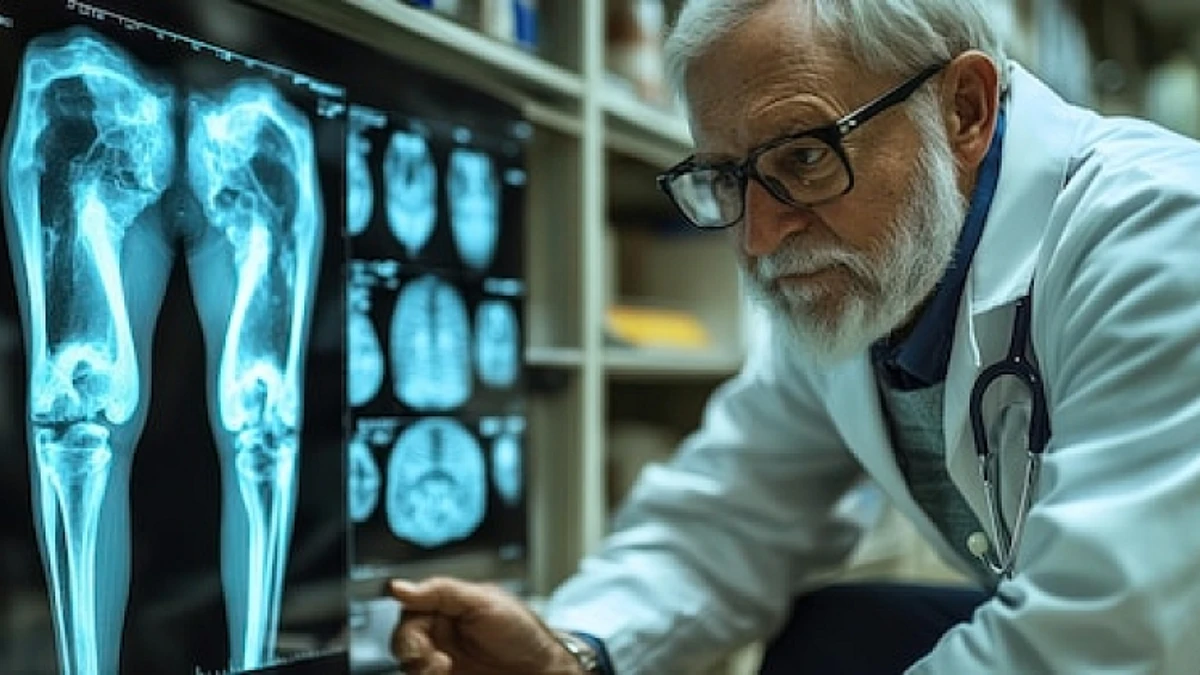Cancer overview is essential for comprehending this multifaceted disease that affects millions globally. At Avicenna International Hospital, we are dedicated to providing unparalleled care and education to our patients and the community.
The Definition of Cancer
Cancer is a disease where some of the body’s cells grow uncontrollably and spread to other parts of the body. This process can originate almost anywhere within the trillions of cells that make up the human body. Normally, cells grow and divide to replace old or damaged ones; however, when this process malfunctions, it leads to cancer.
How Does Cancer Develop?
Cancer development, known as carcinogenesis, is initiated by genetic changes that affect how our cells function, especially how they grow and divide. These changes may result from errors in cell division, environmental damage (such as chemicals in tobacco smoke or UV rays), or inherited genetic mutations.
Types of Genes that Cause Cancer
Genetic alterations affecting three key types of genes typically drive cancer:
- Proto-oncogenes: These normal genes help cells grow. When mutated, they become oncogenes and cause cells to grow uncontrollably.
- Tumor suppressor genes: These genes regulate cell division and prevent cells from dividing too quickly. Mutations in these genes can lead to uncontrolled cell growth.
- DNA repair genes: These genes fix DNA damage. Mutations can lead to additional genetic changes and cancer.
Differences Between Cancer Cells and Normal Cells
Cancer cells differ notably from normal cells due to:
- Uncontrolled growth even without growth signals.
- Ignoring signals that stop division or cause cell death.
- Invading nearby tissues and spreading (metastasis).
- Having abnormal chromosome structures.
- Relying on abnormal energy production methods.
- Hiding and evading the immune system.
Researchers exploit these differences to design targeted therapies to combat cancer by focusing on these unique traits.
Tissue Changes that Are Not Cancer
Not all tissue abnormalities are cancerous. Some conditions may lead to cancer if untreated:
- Hyperplasia: Increased cell count within a tissue that appears normal under a microscope.
- Dysplasia: Cells look abnormal and are disordered in tissue; may progress to cancer.
- Carcinoma in situ: Early-stage cancer where abnormal cells have not invaded nearby tissues.
Types of Cancer
There are over 100 types, generally classified by the organ or tissue they originate from. Some major types include:
Carcinoma
Carcinoma is the most common type of cancer. These originate in epithelial cells covering the body’s surface and lining internal organs. Specific types include:
- Adenocarcinoma: Found in glandular tissues like breast, colon, and prostate.
- Basal Cell Carcinoma: Begins in the base layer of the epidermis.
- Squamous Cell Carcinoma: Arises in squamous cells found in various organs.
- Transitional Cell Carcinoma: Develops in the bladder, ureters, and renal pelvis.
Sarcoma
Sarcomas originate in bone or soft tissues like muscle, fat, blood vessels, and fibrous tissues. Common forms include osteosarcoma (bone), leiomyosarcoma, and Kaposi’s sarcoma.
Leukemia
Leukemia starts in blood-forming tissues like the bone marrow and doesn’t create solid tumours. It results in abnormal white blood cells that interfere with normal blood functions.
Lymphoma
Lymphoma begins in the lymphatic system. The main types are:
- Hodgkin Lymphoma: Characterized by the presence of Reed-Sternberg cells.
- Non-Hodgkin Lymphoma: A diverse group of cancers starting in lymphocytes.
Multiple Myeloma
Multiple myeloma affects plasma cells in bone marrow, leading to tumours in bones throughout the body.
Melanoma
Melanoma starts in melanocytes, the pigment-producing cells of the skin. It can also form in other pigmented tissues.
Brain and Spinal Cord Tumors
Various types of tumours can develop in the central nervous system. These include benign and malignant forms.
Other Tumors
- Germ Cell Tumors: Originate from cells that develop into sperm or eggs.
- Neuroendocrine Tumors: Arise from hormone-releasing cells.
- Carcinoid Tumors: Typically found in the gastrointestinal system and grow slowly.
When Cancer Spreads (Metastasis)
Metastasis occurs when cancer cells break away from the primary tumour and spread to other body parts, forming new tumours. The new growths maintain characteristics of the original cancer, complicating treatment.
Treatment Goals for Metastatic Cancer
Treatment can vary from prolonging life to controlling tumour growth or alleviating symptoms. Despite significant advancements, metastatic tumours continue to be a major cause of mortality. The primary treatment goals for metastatic cancer focus on prolonging survival, managing symptoms, and improving overall quality of life. While aiming to slow disease progression and alleviate associated symptoms, the treatment approach also seeks to minimize treatment-related side effects to ensure the best possible well-being for patients. Additionally, personalized care plans are designed to address individual patient needs, considering factors such as the type and stage of cancer, overall health status, and patient preferences.
Genetic Underpinnings of Cancer
Underpinning the genetic underpinnings of cancer dwell a plethora of molecular players—proto-oncogenes, tumour suppressor genes, and DNA repair genes—which orchestrate the cellular symphony governing the balance of growth and restraint. In the intricate tango of cellular regulation, the pervasive influence of these genes predicates the destiny of cells, thereby wielding sway over the complex interplay of physiological homeostasis and pathological deviance characteristic of cancer.
Cancer as a Multistep Process
In the comprehensive narrative of cancer’s emergence, a nuanced revelation emerges—a realization that cancer unfolds not as a singular event but as a multistep odyssey, woven across a canvas of accumulated genetic alterations and molecular aberrations. This protracted journey across time lays bare the formidable transition from normalcy to malignancy, carving a path marked by somatic mutations and genetic anomalies that showcase the intricate unfolding of malignant transformation.
As the genetic makeup of cells succumbs to the lure of dysregulation, the cellular landscape undergoes a gradual metamorphosis—a journey from harmony to discord, driven by a succession of molecular misalignments that unfurl the storytelling of cancer’s emergence. Consequently, the protracted accumulation of mutations that heralds the inception of malignancy spans an extended timeframe, unfolding gradually and decisively across the nuanced landscape of molecular differentiation.
Conclusion
Here at Avicenna International Hospital, we stand committed to empowering you with the knowledge, insights, and resources needed to navigate the vicissitudes of cancer diagnosis, treatment, and care.
For further guidance, and support, or to embark on a journey toward proactive cancer management, we invite you to connect with us at Avicenna International Hospital. Together, let us redefine the boundaries of oncological care and chart a path toward empowered healthcare and informed decision-making.
The hardest to cure is often considered to be pancreatic cancer due to its aggressive nature, limited treatment options, and challenges in early detection.
Understanding cancer is crucial for developing effective prevention, early detection, and treatment strategies, as it is a leading cause of mortality worldwide.
It can be simply explained as a disease characterized by the abnormal and uncontrollable growth of cells, which can form tumours and spread throughout the body if not adequately managed.







